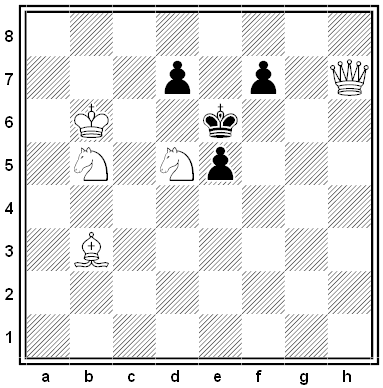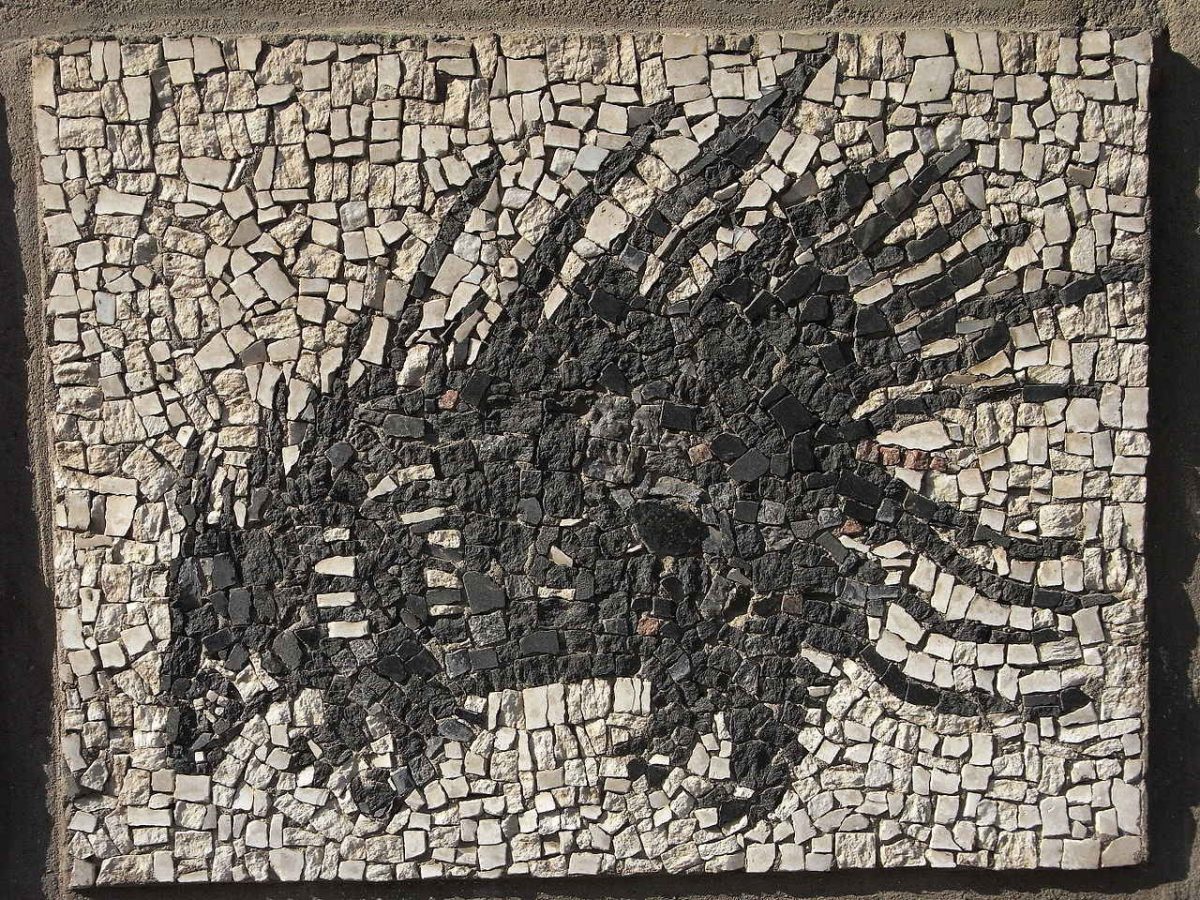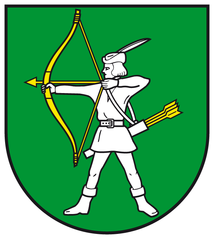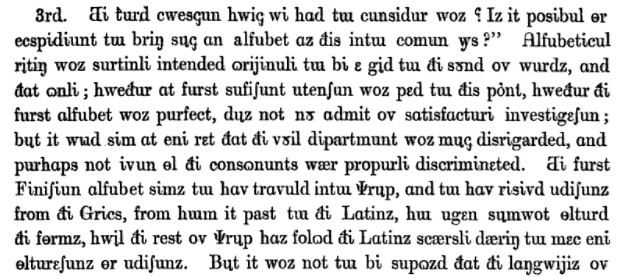This must have scared the daylights out of people in 1895 — The Execution of Mary Stuart, one of the first films to use editing for special effects.
After the executioner raises his ax, the actress is replaced with a mannequin.
This must have scared the daylights out of people in 1895 — The Execution of Mary Stuart, one of the first films to use editing for special effects.
After the executioner raises his ax, the actress is replaced with a mannequin.

“We now give what is acknowledged to be the finest two-move problem extant,” wrote J.H. Blackburne in the Strand in 1908. “It is by the American expert, W.A. Shinkman, and is also claimed by G.E. Carpenter, a fellow countryman of his. Here we have not only a difficult key-move, but also beauty of theme and artistic construction, the three essential qualities necessary to a perfect problem.”
White to mate in two moves.

abscede
v. to move away or apart; to lose contact; to separate
anachorism
n. something located in an incongruous position
longinquity
n. greatness of distance; remoteness
aerumnous
adj. troubled; distressed
In 2007 Brazilian villagers were surprised to discover a 16-foot minke whale on a sandbank in the Tapajos River, 1,000 miles from the sea. Apparently it had got separated from its group in the Atlantic and swum up the Amazon.
After two days, rescuers managed to return it to the water. “What we can definitely say is that it lost its way,” biologist Fabia Luna told Globo television. “It entered the river, which on its own is unusual. But then to have travelled around 1,500 kilometers is both strange and adverse.”
Brazil’s environmental agency said the whale might have been in the region for two months before it was spotted. “It is outside of its normal habitat, in a strange situation, under stress, and far from the ocean,” said whale expert Katia Groch. “The probability of survival is low.”

Charles W. Trigg offered this puzzle in the Fall 1977 issue of Pi Mu Epsilon Journal (PDF):
This square array contains the first 25 positive integers. Choose five, no two from the same row or column, so that the largest of the five elements is as small as possible, and justify your choice.

Dutch architects MVRDV created a unique design for Amsterdam’s Alfabetgebouw, an office building for small and mid-size creative companies. On the building’s east side a series of dotted windows spell out the building’s street number, 52, and on the north side the shape of each window reflects the unit number of its tenant.
To make the alphabet fit on a 6 × 4 facade they had to omit two letters — but “the IQ is inside the building.”

“On cold days people manage to get some warmth by crowding together,” writes Schopenhauer in his Counsels and Maxims, “and you can warm your mind in the same way — by bringing it into contact with others. But a man who has a great deal of intellectual warmth in himself will stand in no need of such resources.” He offers this parable:
A number of porcupines huddled together for warmth on a cold day in winter; but, as they began to prick one another with their quills, they were obliged to disperse. However the cold drove them together again, when just the same thing happened. At last, after many turns of huddling and dispersing, they discovered that they would be best off by remaining at a little distance from one another. In the same way the need of society drives the human porcupines together, only to be mutually repelled by the many prickly and disagreeable qualities of their nature. The moderate distance which they at last discover to be the only tolerable condition of intercourse, is the code of politeness and fine manners; and those who transgress it are roughly told — in the English phrase — to keep their distance. By this arrangement the mutual need of warmth is only very moderately satisfied; but then people do not get pricked. A man who has some heat in himself prefers to remain outside, where he will neither prick other people nor get pricked himself.
“As a general rule,” he writes, “it may be said that a man’s sociability stands very nearly in inverse ratio to his intellectual value: to say that ‘so and so’ is very unsociable, is almost tantamount to saying that he is a man of great capacity.”

Sixteenth-century England had some singularly inept bowmen:
In 1552, at about 3 pm on the 28th October, Henry Pert, gentleman, went out to play at Welbeck [Nottinghamshire] and drew his bow so fully with an arrow in it that he lodged the arrow in his bow. Afterwards, intending to make the arrow climb straight into the air, he shot the arrow from his bow while leaning slightly over the bow. Because his face was directly over the arrow as it climbed upwards it struck him over his left eyelid and into his head to the membrane of his brain. Thus the said arrow, worth one farthing, gave him a wound of which he immediately languished, and lay languishing until 12 pm on 29th October when he died, by misadventure.
In The Romance of Archery, historian Hugh D.H. Soar adds, “The coroner was sufficiently curious about this circumstance to take matters a little further. He inquired how this accident could happen and was told by knowledgeable colleagues that the unfortunate Henry was notable for using too short an arrow and regularly drawing it inside his bow.”

“How Rumors Spread,” a palindrome by Fred Yannantuono:
“Idiot to idiot to idiot to idiot to idiot to idi …”

In 1929 James Barrie donated all his revenues from Peter Pan to the Great Ormond Street Hospital for Children in London. After Barrie died in 1937, the copyright became a major source of revenue for the hospital. Normally in the United Kingdom a copyright lasts until 50 years after the author’s death, so Peter Pan entered the public domain at the end of 1987.
It entered copyright protection again in 1995 under the EU “harmony” regulations, which extended copyright to 70 years after the author’s death. That should have put Peter Pan back in the public domain in 2007.
But in 1988 the government had added a special amendment to the law governing intellectual property:
The provisions of Schedule 6 have effect for conferring on trustees for the benefit of the Hospital for Sick Children, Great Ormond Street, London, a right to a royalty in respect of the public performance, commercial publication, broadcasting or inclusion in a cable programme service of the play ‘Peter Pan’ by Sir James Matthew Barrie, or of any adaptation of that work, notwithstanding that copyright in the work expired on 31 December 1987.
So, uniquely, the boy who wouldn’t grow up has a copyright that will never expire — under U.K. law, it extends perpetually from 1988 onward.
(From John Sutherland and Stephen Fender, Love, Sex, Death & Words, 2010. Plagiarism Today has all the details.)

Philologist Alexander John Ellis wanted to describe the sounds made by every human speaker, and to record them as objectively as possible in a universal alphabet, so that anyone could accurately record speech in any language. He acknowledged that “it would be impossible to make the whole world pronounce alike,” but he thought that the system illustrated above could be a step toward “a just, philosophical, and natural analysis and arrangement of spoken sounds.”
The passage runs:
The third question that we had to consider was: is it possible or expedient to bring such an alphabet as this into common use? Alphabetical writing was certainly intended originally to be a guide to the sound of words, and that only; whether at first sufficient attention was paid to this point, whether the first alphabet was perfect, does not now admit of satisfactory investigation; but it would seem at any rate that the vowel department was much disregarded, and perhaps not even all the consonants were properly discriminated. …
Beyond its practical value, Ellis seemed to hope that recording language phonetically would reduce its cultural connotations, resulting in a more just world. “Ellis believes that his ‘alphabet of nature’ would in fact free letters from implying a particular world view, a theory supremely indicative of a nineteenth-century faith in objective science,” writes Laurence de Looze in The Letter & the Cosmos. “The utopian drive of universal communication peeks through the modern, scientific program.”